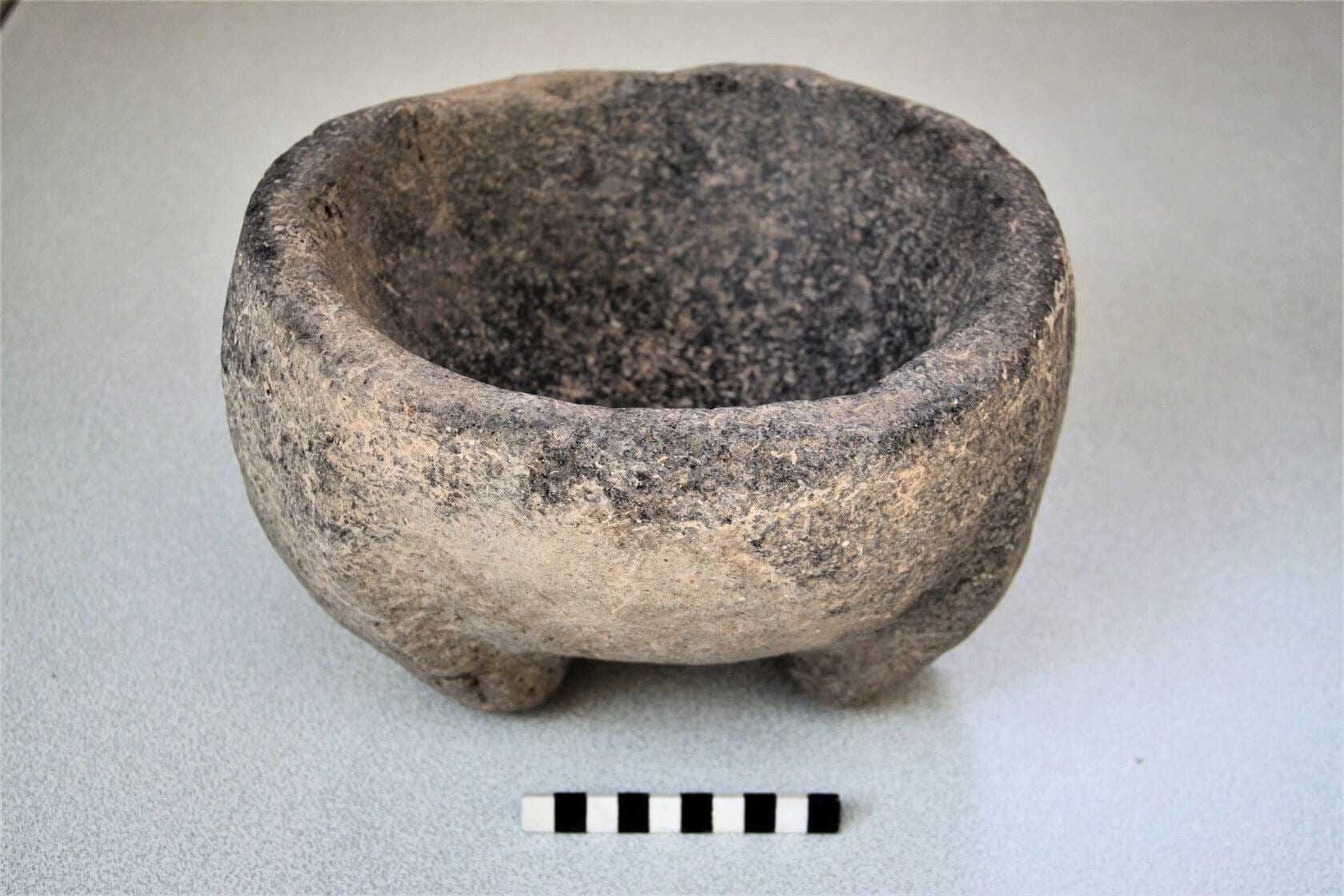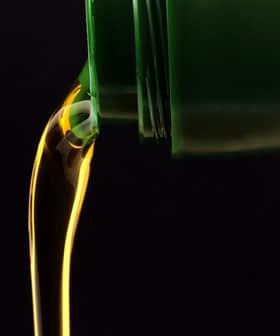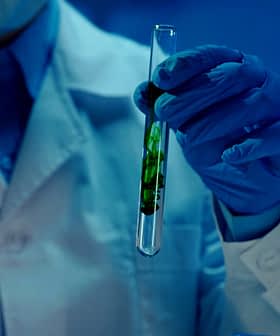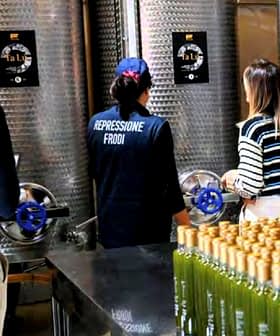New Device Detects Adulteration Using Fluorescence Spectroscopy
The sensor uses a combination of laser diodes and computer-constructed algorithms to measure light emissions from samples of olive oils to determine whether they are correctly labeled.
Researchers from the Complutense University of Madrid and the Scintillon Institute have developed a sensor using laser diodes and algorithms to detect fraudulently labeled olive oil bottles based on unique emission spectra. The sensor, which can differentiate between pure extra virgin olive oils and adulterated samples, is cost-effective, portable, and may soon be ready for commercial use.
Using laser diodes and algorithms, researchers from the Complutense University of Madrid (CUM) and the Scintillon Institute have designed a sensor that could be used to detect fraudulently labeled olive oil bottles.
“The technology is based on fluorescence spectroscopy,” John Cancilla, a postdoc at the Scintillon Institute who collaborated on the project, told Olive Oil Times. “After irradiating the olive oil samples with the laser diode, emission spectra are collected.”
These emissions, which are light given off by the olive oil molecules after they have been excited by the laser diode, are unique and reflect the different concentrations of pigments that compose each of the molecules. Adulterated oils have different emission spectra than pure extra virgin olive oils.
The researchers carried out the study by mixing three PDO extra virgin olive oils with expired olive oils. One hundred and fifty-four blends containing between one percent and 17 percent of the pure PDO extra virgin olive oil were then measured along with the pure samples.

After the emission spectra had been collected, they were analyzed by the algorithms. Once the data had been analyzed, researchers could differentiate the wavelengths emitted by the three samples of PDO extra virgin olive oil both from each other as well as the 154 adulterated olive oil samples.
“Through data analysis and modeling, we reach mathematical tools that can distinguish, in this case, pure fresh extra virgin olive oil from samples mixed with old olive oil,” Cancilla, who worked on the algorithms for the project, said.
In a blind test, the researchers were also able to determine how much adulterant had been added to the PDO olive oils within a small margin of error.
“From the results of this thorough validation procedure it can be seen that a tool based on an intelligent ANNs [the algorithms] has been developed and optimized to be able to distinguish among different PDO extra virgin olive oils as well as quantify the amount of old extra virgin olive oils with which they have been mixed,” José S Torrecilla, a senior lecturer at CUM who worked on the project, wrote in the report.
According to Torrecilla, the sensor presents an unprecedented opportunity for olive oil producers to protect the value of their product and for retailers to ensure what they are buying is authentic.

“The combination of a laser diode and cognitive modeling leads to a fast and cost-effective tool able to authenticate PDO labels of extra virgin olive oils and estimate the amount of potential adulterating agents such as olive oils from old harvests,” he wrote in the report, which is set to be published in the upcoming issue of Talanta.
The sensors are made using 3D printers and can be reproduced at a low cost, making them affordable for most commercial producers.
“Other clear advantages of our tool include the possibility of conducting on-site analyses, because the equipment is the size of a briefcase and therefore portable, and of generating results in real time,” Torrecilla said.
“This technique is available for use at any time, and only requires oils prior to packaging for quality control or after packaging to detect fraudulent brands and/or producers,” he added.
The sensors have not yet been used commercially, with the prototype still being tested in Spain. However, there is optimism among the researchers that the sensor will soon be ready for commercial use.







